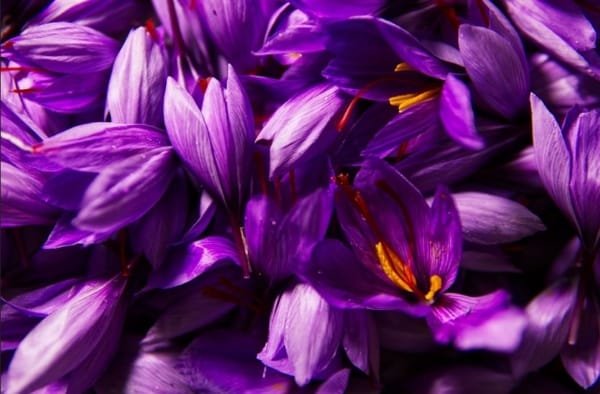 Iran’s Dominance in the Global Saffron Market
Iran’s Dominance in the Global Saffron Market
Iran Saffron Market
Iran holds an impressive 90% of the global saffron market! According to the Head of the Medicinal Plants Office of the Ministry of Agriculture, Iran has dedicated 122,000 hectares to the cultivation and production of saffron, yielding approximately 400 tons annually.
Saffron Production in Khorasan Province
Iran Saffron Market
Around 80% of Iran’s saffron is cultivated and exported from Khorasan Razavi Province. Iran exports its saffron to various countries, securing its dominance in the global market. However, due to droughts and reduced rainfall, saffron production has fluctuated. In 2019, the country produced over 500 tons of saffron, but this number decreased by 50% to 250 tons in the following year. Fortunately, with improved conditions, production increased by 30% in the current year, reaching 350 tons.
Challenges Faced by Saffron Farmers
Despite the increase in production, many farmers find cultivating saffron unprofitable. Rising costs of water, fertilizers, machinery, and labor leave little room for profit. Farmers often report that brokers purchase saffron at low prices, only to sell it at a much higher rate later. The price of saffron, depending on its quality, fluctuates between 25 to 41 million tomans.
Role of the Rural Cooperative Organization
Iran Saffron Market
The Rural Cooperative Organization has stepped in to guarantee the purchase of saffron. However, its delayed payments have caused discontent among farmers. Farmers claim that only high-quality saffron is purchased, with an initial 10% payment provided. The remaining payment is often delayed for months, pending quality assessments. Some farmers report waiting up to 50 days for their payments, while others face discrepancies between the organization’s purchasing prices and those offered by brokers.
Future Plans for Saffron Quality and Pricing
The Rural Cooperative Organization states that payments depend on quality evaluations, which are planned for next week. The organization has also acknowledged financial constraints, as it requires 1,500 billion tomans to finalize payments to saffron producers. Unfortunately, neither the organization nor the government’s budget program can currently allocate such a sum.
Ensuring a Sustainable Saffron Industry
To maintain Iran’s dominance in the global saffron market, addressing these challenges is essential. Government support, transparent pricing mechanisms, and fair payment practices are crucial for ensuring a sustainable future for Iran’s saffron farmers and the industry as a whole.
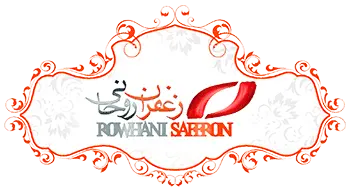
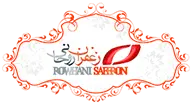

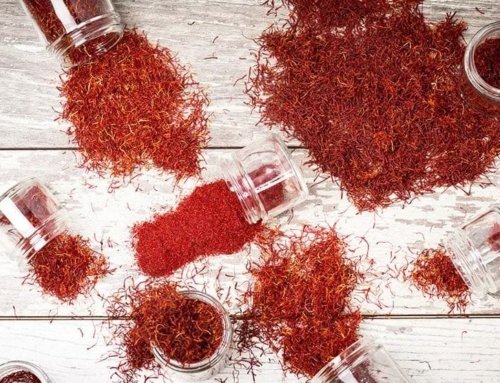
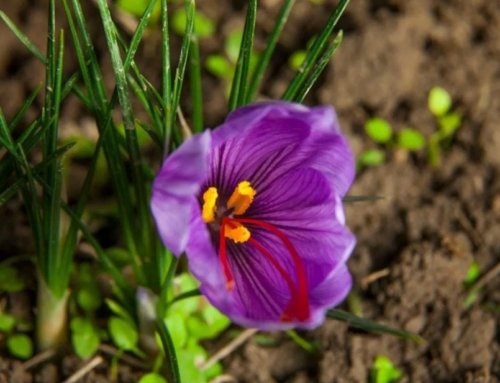
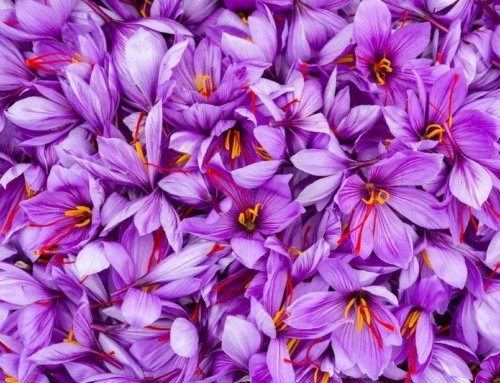
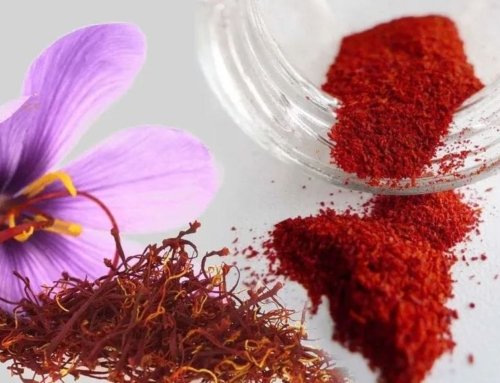
Get Social